Aromatic Plants for the Garden: Complete Guide with Photos
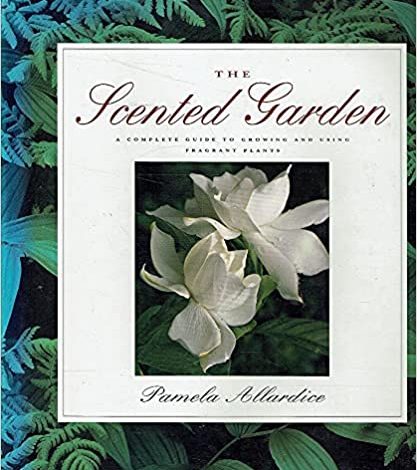
Today we will talk about the association of vegetables with aromatic and medicinal plants. We will see what aromatic plants are used for in the garden and some examples of aromatic plants for the garden.
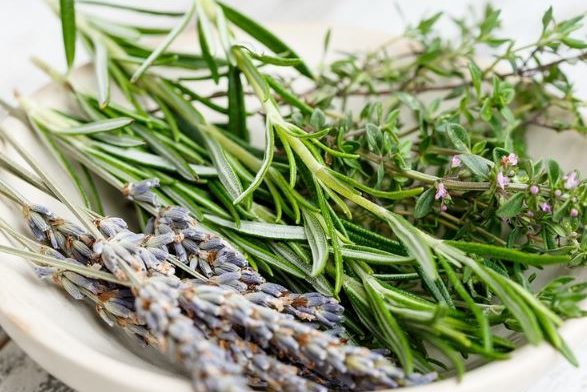
What are aromatic plants used for in the garden?
Aromatic plants are basic ingredients in the kitchen and many of them are herbs with medicinal properties.
Most of the aromatic plants for the garden are very showy and, in addition to giving a touch of color, they serve to attract beneficial pollinators to the garden.
In addition, it is interesting to plant aromatic herbs in the organic garden because many of them can enhance the growth and flavor of vegetables or repel pests and diseases due to the phytochemicals they contain.
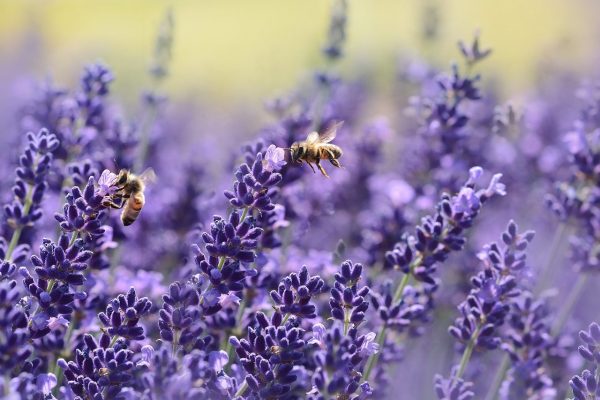
How to plant herbs in the garden
There are several ways to place aromatic plants in the garden. The first option would be to plant aromatics intercropped or associated with the crops (later we will see with which crops the aromatics combine well and why).
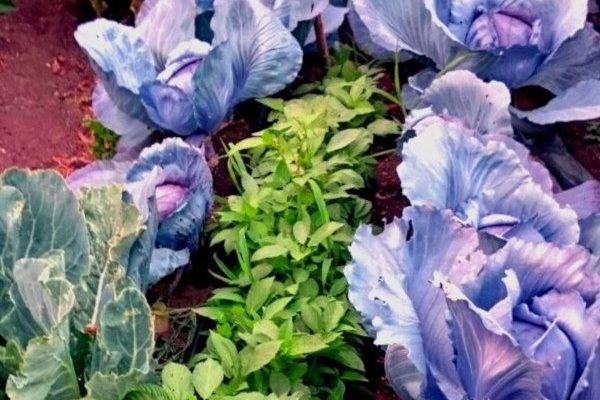
In this case, aromatics can be used to repel crop pests. Basil or mint, for example, are examples of aromatic plants that are intercropped with vegetables to keep away harmful insects.
Another option, to facilitate harvesting, is to plant the herbs from the garden in separate pots or on a separate bed.

In addition, we can plant aromatic plants on the edges, around the terraces as part of the hedges and borders for the garden, an option that is also very successful with benefits for the organic garden.
Examples of aromatic plants for the garden
The aromatic ones are usually easy to grow, not very demanding in terms of watering or the substrate, and can be planted in pots or window boxes.
Below we will see some useful aromatic and medicinal plants in the garden for different reasons.
Basil

Basil has a general repellent effect against pests and also enhances the growth of all vegetables. It is especially useful in the fight against tomato and pepper pests, and greatly enhances their flavour, which is why this is one of the best-known combinations of aromatic vegetables.
Basil can be planted at the end of tomato or pepper rows and will serve to prevent pests such as aphids from approaching. Together they will give a very special aroma to the garden (these vegetables also combine well in salads: tomato and basil together are a real delight).
In addition, this aromatic has medicinal properties and is basic in the kitchen (the Italian pesto sauce, for example, is made from basil). Basil gives a touch of color to the garden and also to our dishes. There are purple or purple varieties that are very attractive, like the one you can see in the photo.
Cilantro
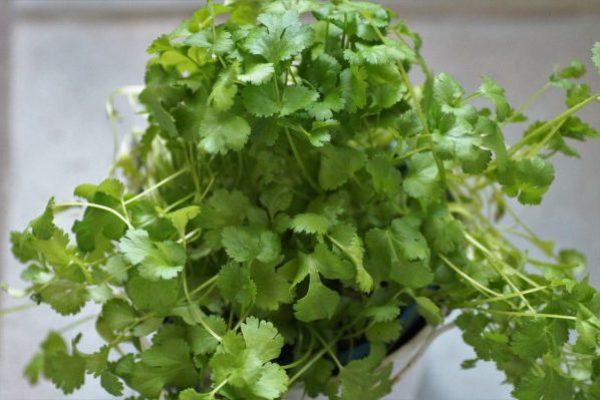
It has antibacterial and fungicidal properties, so it works very well to prevent fungus in the garden.
Its culinary use is widespread, especially in Asian cuisine. This spice is used to make, for example, curry or Mexican guacamole. Another interesting aspect is that it is a plant with edible flowers.
Hyssop
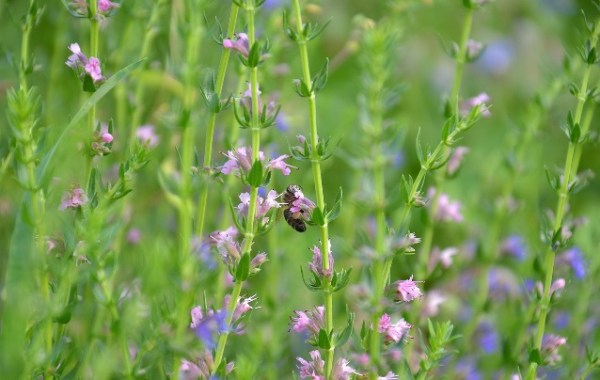
Like other flowering plants, this is one of the aromatic plants that attract pollinating insects such as bees, very beneficial for the garden.
In addition, the hispo favors the presence of another beneficial insect, the syrphid or syrphid fly, used in the biological control of pests because it is a predator of the aphid, one of the most harmful insects for the orchard.
Lavender

Lavender has an important pollinating effect as it attracts bees, which are very beneficial in the garden. In addition, it repels many pest insects such as carrot and cabbage flies, aphids and ants.
It is very showy and useful in the hedges of the orchard, since it will add color and cover the lower part of them. You can also cut it up and use it to make pretty, fragrant centerpieces or decorative bouquets.
The healing properties of lavender are also well known in traditional medicine.
Yarrow
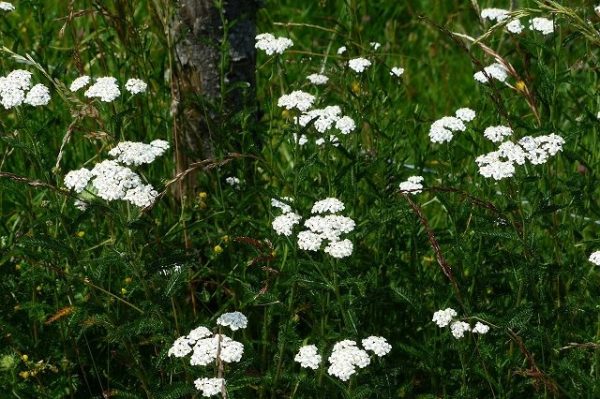
Like the hyssop, the yarrow or achilea attracts the syrphid fly, whose larvae eat the aphids, so it will be very interesting to have it in the orchard to prevent a plague of this aphid.
In general, it increases resistance to diseases caused by microorganisms in garden plants, and also helps enhance their flavor and fragrance when grown together with vegetables.
Mint
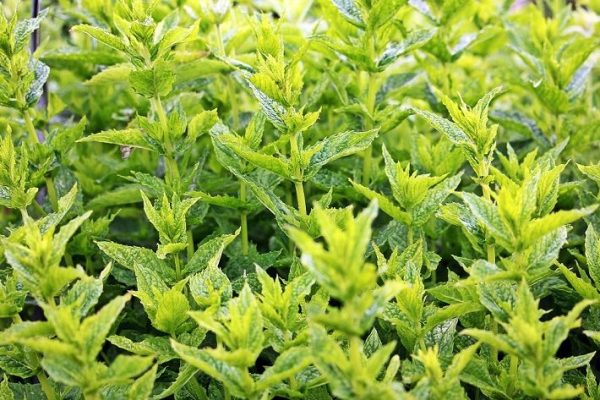
It is one of the best known aromatic plants. It is very similar to peppermint. Both, with a very characteristic refreshing flavor, are widely used as condiments in the kitchen, especially in sauces to accompany meats, and also in infusions and other drinks (who doesn’t like the delicious touch of mint in the «mojito» ). You can also simply chew its leaves while working in the garden, it will be something like having a natural mint «gum».
In the garden it associates very well with lettuce, tomato and cabbage. In addition, it protects the cabbage from some pests, which enhances its flavor and growth.
Sage

In addition to its very important medicinal properties and its widespread culinary use, especially in Italian cuisine, it is useful in the garden as it is a good insect repellent that can become pests, such as carrot and cabbage flies, aphids, the caterpillars, the snails or the potato beetle.
You must be careful not to plant salvia in very shady and humid areas as it can be affected by fungi.
Other useful aromatic herbs in the garden
Other flowers and herbs for the garden that serve to repel pests and as a condiment in the kitchen are: borage, calendula, chives, dill, mint, bay leaf, lemon balm, oregano, parsley, rosemary, thyme…
In addition to these, there are many other aromatic herbs for the garden. Surely you know more uses or you know of other aromatics that we have not talked about, so if you can think of more options for useful plants for the garden, you can leave your contributions in the comment thread below.
References
- Muñoz, F., 1996. Medicinal and aromatic plants: study, cultivation and processing. Mundi-Press Books.
- Siura C., S. & Ugás, R., 2001. Cultivation of aromatic and medicinal herbs. INIA Technical Brochures, RI Brochure No. 10. National Institute of Agrarian Research, Ministry of Agriculture (Lima, Peru).
- Ortega Meseguer, I. et al., 2008. Inventory of repellent plants and/or phytopesticides in the urban agriculture units of the province of Cienfuegos. Agricultural Center Vol. 35 (1), p. 91-93..
- Pino, O. et al., 2013. Plant secondary metabolites as alternatives in pest management. Plant Protection Magazine, vol. 28 (2), p. 95-108.

![Photo of Turnips: [Planting, Care, Irrigation, Substrate, Pests and Diseases]](https://www.complete-gardening.com/wp-content/uploads/2022/08/turnips-planting-care-irrigation-substrate-pests-and-diseases-390x220.jpg)
![Photo of How to Plant Pothos in your House: [Tips and Complete Guide]](https://www.complete-gardening.com/wp-content/uploads/2022/08/how-to-plant-pothos-in-your-house-tips-and-complete-guide-390x220.jpg)
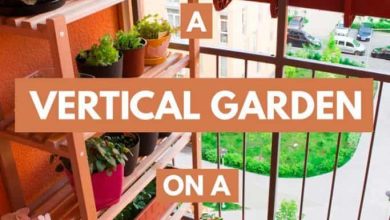
![Photo of Polar Climate: [Characteristics, Flora, Fauna and Adaptability]](https://www.complete-gardening.com/wp-content/uploads/2022/08/polar-climate-characteristics-flora-fauna-and-adaptability.jpg)